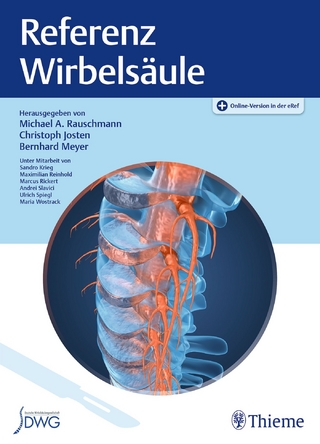Stimulation of Trigeminal Afferents Improves Motor Recovery After Facial Nerve Injury
Springer Berlin (Verlag)
9783642333101 (ISBN)
Recovery of mimic function after facial nerve transection is poor: the successful regrowth of axotomized motoneurons to their targets is compromised by (i) poor axonal navigation and excessive collateral branching, (ii) abnormal exchange of nerve impulses between adjacent regrowing axons and (iii) insufficient synaptic input to facial motoneurons. As a result, axotomized motoneurons get hyperexcitable and unable to discharge. Since improvement of growth cone navigation and reduction of the ephaptic cross-talk between axons turn out be very difficult, the authorsa concentrated on the third detrimental component and proposed that an intensification of the trigeminal input to axotomized electrophysiologically silent facial motoneurons might improve specificity of reinnervation. To test the hypothesis they compared behavioral, electrophysiological and morphological parameters after single reconstructive surgery on the facial nerve with those obtained after identical facial nerve surgery, but combined with direct or indirect stimulation of the ipsilateral infraorbital (ION) nerve. The authors found that in all cases trigeminal stimulation was beneficial for the outcome by improving the quality of target reinnervation and recovery of vibrissal motor performance.
First major set: mild indirect stimulation of the trigeminal afferents after combined surgery on the infraorbital and facial nerves by removal (clipping) of the contralateral vibrissal hairs.- Second major set: intensive indirect stimulation of the trigeminal afferents after facial nerve surgery by extcision of the contralateral infraorbital nerve.- Third major set: direct stimulation of the trigeminal and facial nerves after facial nerve surgery by massage of the vibrissal muscles .- Fourth major set: direct stimulation of the trigeminal and facial nerves after facial nerve surgery by application of electric current to the vibrissal muscles.- RESULTS.- Mild indirect stimulation of the trigeminal afferents after combined surgery on the infraorbital and facial nerves by removal of the contralateral vibrissal hairs improves vibrissal function.- Intensive indirect stimulation of the trigeminal afferents by excision of the contralateral ION attenuates the degree of collateral axonal branching and improves the accuracy of muscle reinnervation.- Direct stimulation of the trigeminal and facial nerves by massage of the vibrissal muscles improves the quality of target reinnervation and promotes full recovery of whisking function.- Direct stimulation of the trigeminal and facial nerves by electric current to the vibrissal muscles fails to improve quality of target reinnervation and does not promote recovery of vibrissal function.- DISCUSSION.- Mild indirect stimulation of the trigeminal afferents by removal of the contralateral vibrissal hairs has a beneficial effect on motor recovery.- Beneficial effect of the intensive indirect stimulation of the trigeminal afferents by excision of the contralateral ION.- Complete recovery of motor function after direct stimulation of the trigeminal and facial nerves by massage of the vibrissal muscles.- Deleterious effect of the direct stimulation of the trigeminal and facial nerves by application of electric current to the vibrissalmuscles . - conclusion.- References.
| Erscheint lt. Verlag | 16.12.2012 |
|---|---|
| Reihe/Serie | Advances in Anatomy, Embryology and Cell Biology |
| Zusatzinfo | XV, 110 p. |
| Verlagsort | Berlin |
| Sprache | englisch |
| Maße | 155 x 235 mm |
| Gewicht | 216 g |
| Themenwelt | Medizinische Fachgebiete ► Chirurgie ► Neurochirurgie |
| Medizin / Pharmazie ► Studium | |
| Naturwissenschaften ► Biologie ► Humanbiologie | |
| Schlagworte | axonal regrowth • collateral axonal branching • facial motoneurons • Fazialisnerv • muscle reinnervation • vibrissal function |
| ISBN-13 | 9783642333101 / 9783642333101 |
| Zustand | Neuware |
| Informationen gemäß Produktsicherheitsverordnung (GPSR) | |
| Haben Sie eine Frage zum Produkt? |
aus dem Bereich




